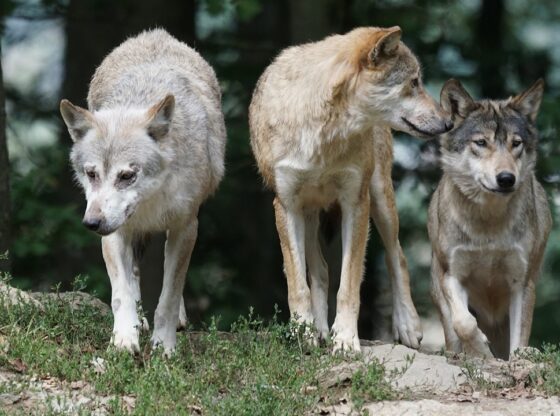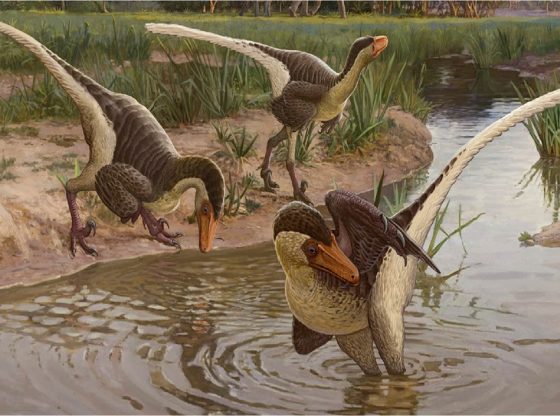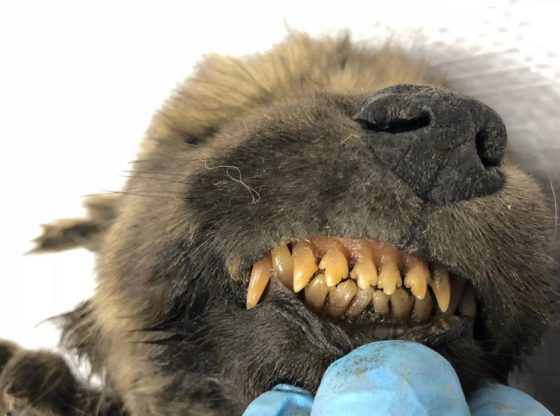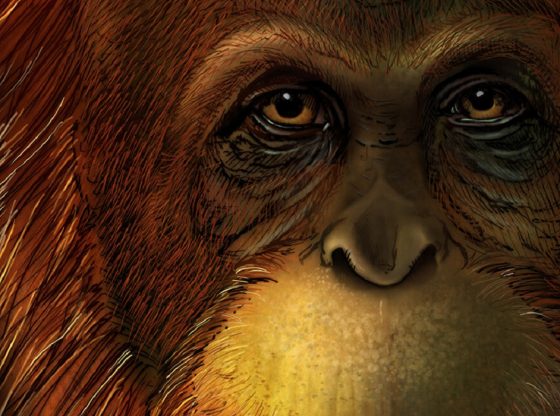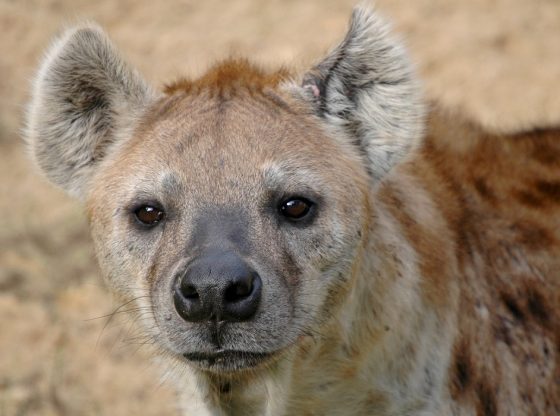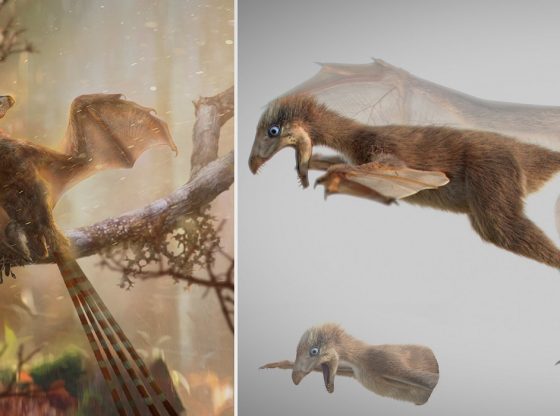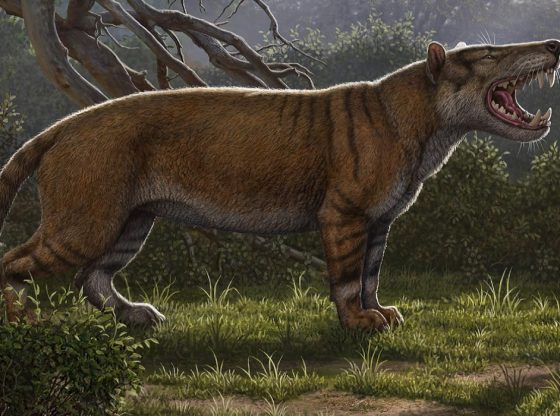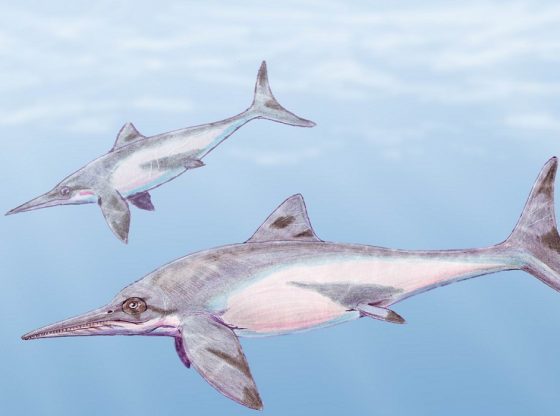The huge Tyrannosaurus rex had almost unbelievably powerful jaws. The dinosaur’s bite was more than twice as powerful as the crocodile, the current record holder.
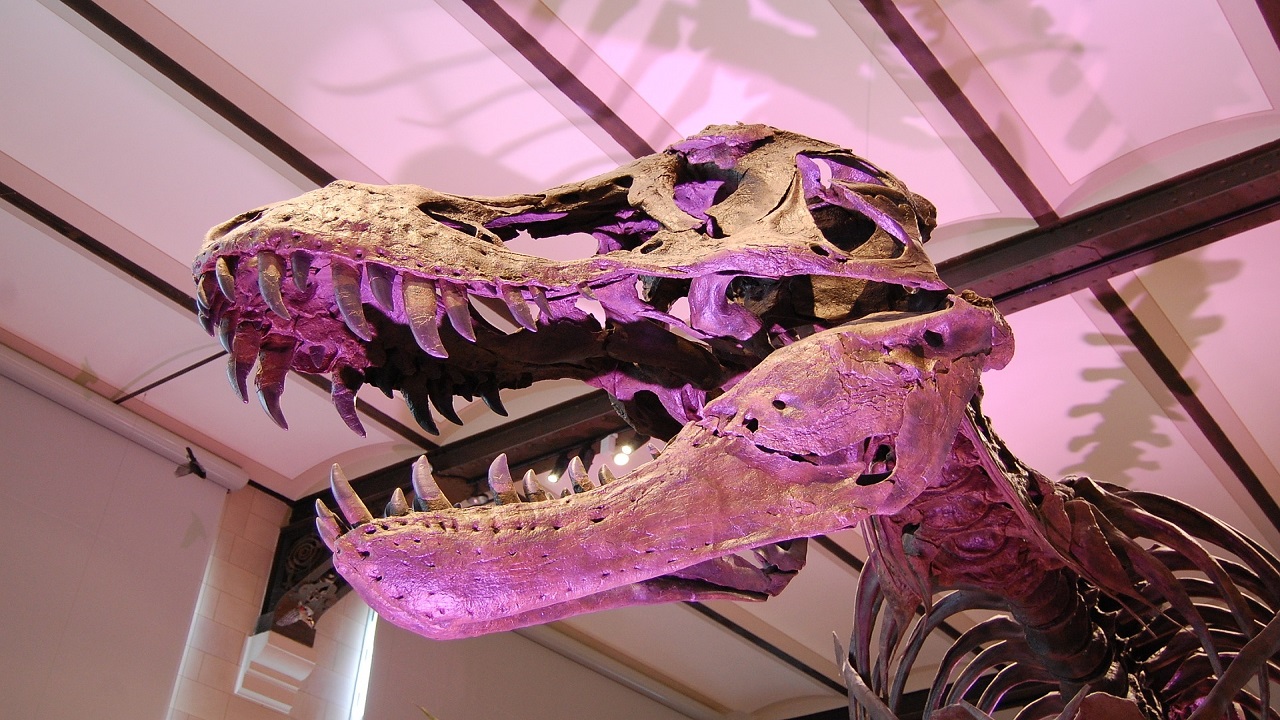
The giant dinosaur Tyrannosaurus rex may have bitten with a force equivalent to the weight of three smaller cars – just over 3600 kilos (8,000 pounds) of force.
At the same time, the long, conical teeth may have generated a pressure of an incredible 30 tons per square centimeter – 431,000 pounds of pressure per square inch – according to American biologists and paleontologists in a new study.
This allowed T. rex to drive open cracks in bone during repetitive, mammal-like biting and produce high-pressure fracture arcades, leading to a catastrophic explosion of some bones.
“It was this bone-crunching acumen that helped T. rex to more fully exploit the carcasses of large horned dinosaurs and duck-billed hadrosaurids whose bones, rich in mineral salts and marrow, were unavailable to smaller, less equipped carnivorous dinosaurs,”
– Paul Gignac, study author, and assistant professor of anatomy and vertebrate paleontology at Oklahoma State University.
The researchers have been able to figure this out by first studying the jaws and biting force of crocodiles, a distant relative of the dinosaurs. It was then compared to birds as another distant relative. The researchers then created a mathematical model that applied to what is known about the T-Rex autonomy, revealed its astonishing jaw power.
Reference:
Paul M. Gignac & Gregory M. Erickson. 2017. he Biomechanics Behind Extreme Osteophagy in Tyrannosaurus Rex. Scientific reports. Doi: 10.1038 / s41598-017-02161-w

